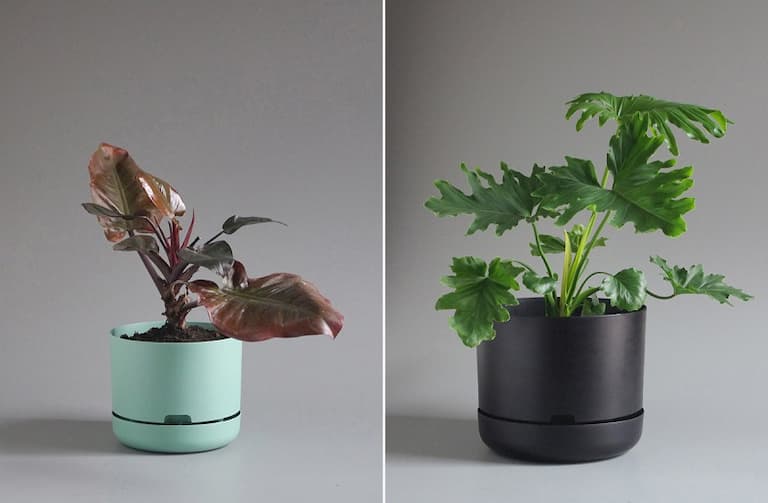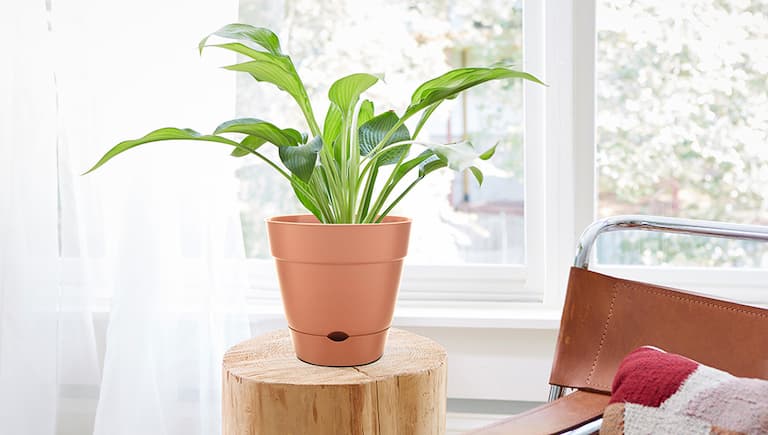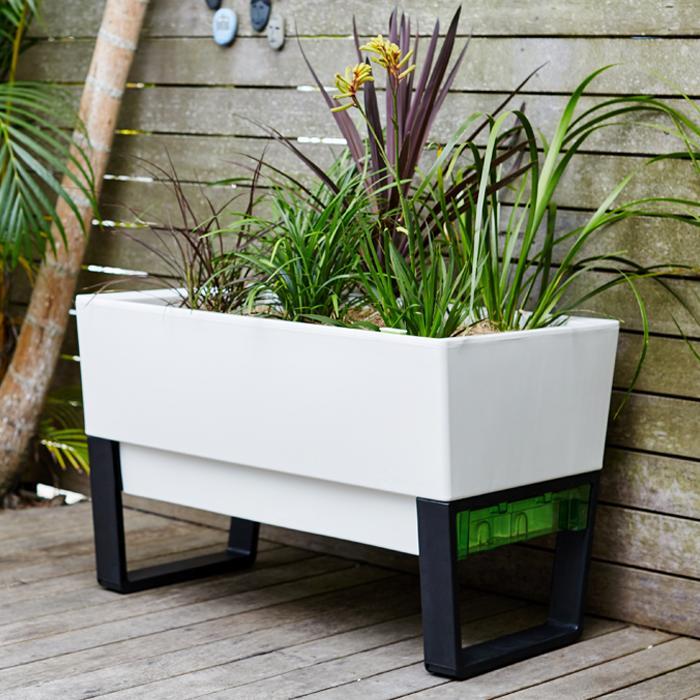We all agree that rooms look better with a bit of greenery. But although we love the idea of filling our homes with lush greenery, the truth is, we often struggle to keep plants alive. When gardening indoors, there are a few steps we need to follow such as choosing the right plants, ensuring the proper light and providing them with the right amount of water. Learning how to manage all of these elements is essential for growing healthy and beautiful plants in your home.

Choosing the Right Plants
Never buy a plant based primarily on its appearance. Considering the room in which you will place the plant and the amount of sunlight it gets is of great essence. Also, consider how much time you are willing to devote to your plant. Keep in mind that a lot of houseplants are toxic. Although they are safe enough for adults, they might not be for small children or animals.
And if you are a rookie in growing plants at home, you may want to choose something that is easy to maintain (something tough and affordable). Killing an easy-to-find, inexpensive plant is not as bad as killing an expensive exotic plant. Size also matters. Know that some house plants grow quite big, so make sure you choose a plant that will fit well into your home.

The Proper Light
It is very important to place your pot plants around the home according to their needed light level and temperature. Keep in mind that there are different levels of light.
- Direct light – when the sun shines directly on your houseplant, usually for three or more hours per day. Only desert-adapted plant species, like cacti or succulents, can tolerate direct light;
- Indirect light – low levels of light reach the plant throughout the day. Indirect light is recommended for shade-tolerant species such as ferns and orchids. Plants that need direct sunlight won’t do well in this lighting condition;
- No light – No plant will thrive in complete darkness. Light allows plants to make themselves food through the process of photosynthesis. So all plants need light to survive.
The yellowing and dropping of leaves is the most common sign that the plant is not getting enough light. Stunted leaf growth, elongated stems and a dull-green colour are other signs of improper light. If the leaves of the plant start to show singed tips, burned patches or start to fall off, that’s a sign that your plant is getting too much light. With the right amount of light, your plants will have a rich green colour.

The Right Amount of Water
Water is essential for plants to thrive. One mistake a lot of people tend to do is overwatering their plants. Some plants don’t need a lot of water to survive and overwatering them can kill them. One great way to ensure your plants get the right amount of water is by planting them in self watering plant pots. If you are wondering are self watering pots good for indoor plants, rest assured they are. They are the easiest way to keep your plants healthy and hydrated – just fill up the reservoir with water and your plants will absorb as much water as they need, whenever they need it.
How to use a self watering plant pot, you may ask? The amount of water the planter can hold in its reservoir depends on its shape and size. The reservoir is usually located at the bottom of the container. The soil soaks up the water from the bottom, so as long as you keep the reservoir filled, your plants will get a consistent level of moisture delivered directly to their roots.
But the benefits of these planters don’t stop here. With a typical container, the soil’s nutrients slowly diffuse out with the water. This means, in order to keep the soil’s nutrient levels steady, you will need to add organic matter periodically. The closed system of self watering plant pots allows the nutrients to stay within the immediate environment. Any water overflow is retained within an attached side container. When the side container becomes full of water, simply pour the water back to the plant, much like creating a water cycle.
By investing in a self-watering planter for your home you will gain the freedom to leave for a holiday without worrying about watering your plants. Depending on the size of the reservoir of the planter, the water supply can last up 7 days or more.

